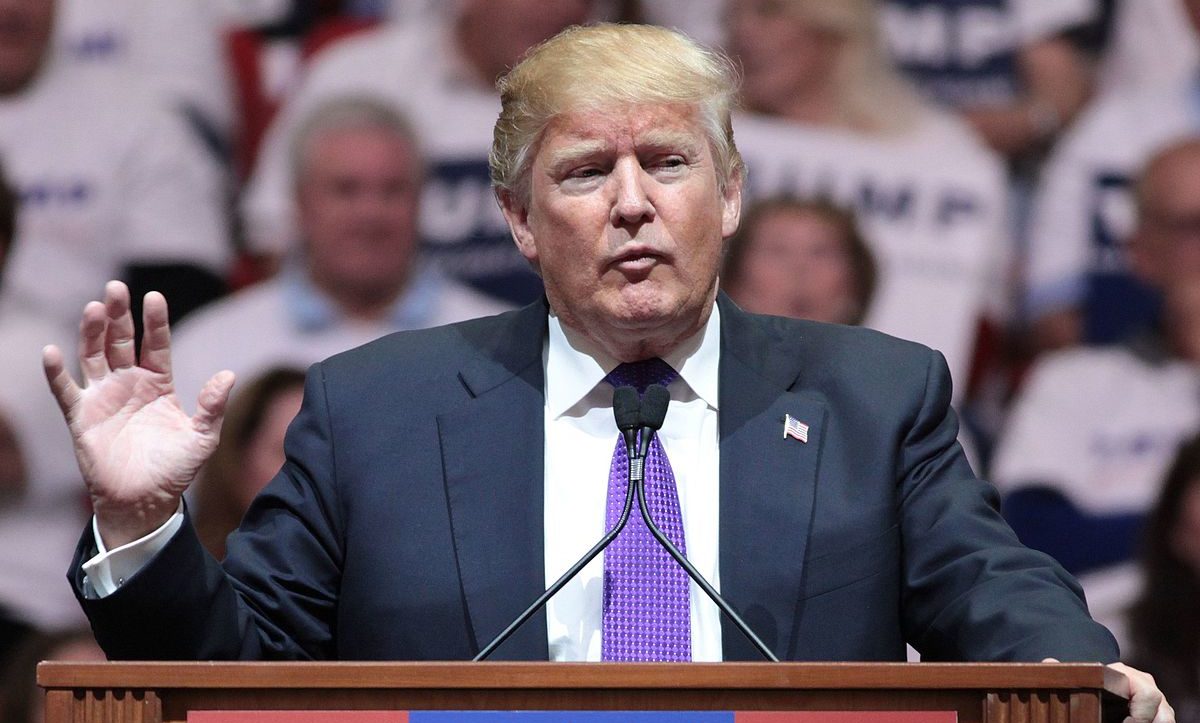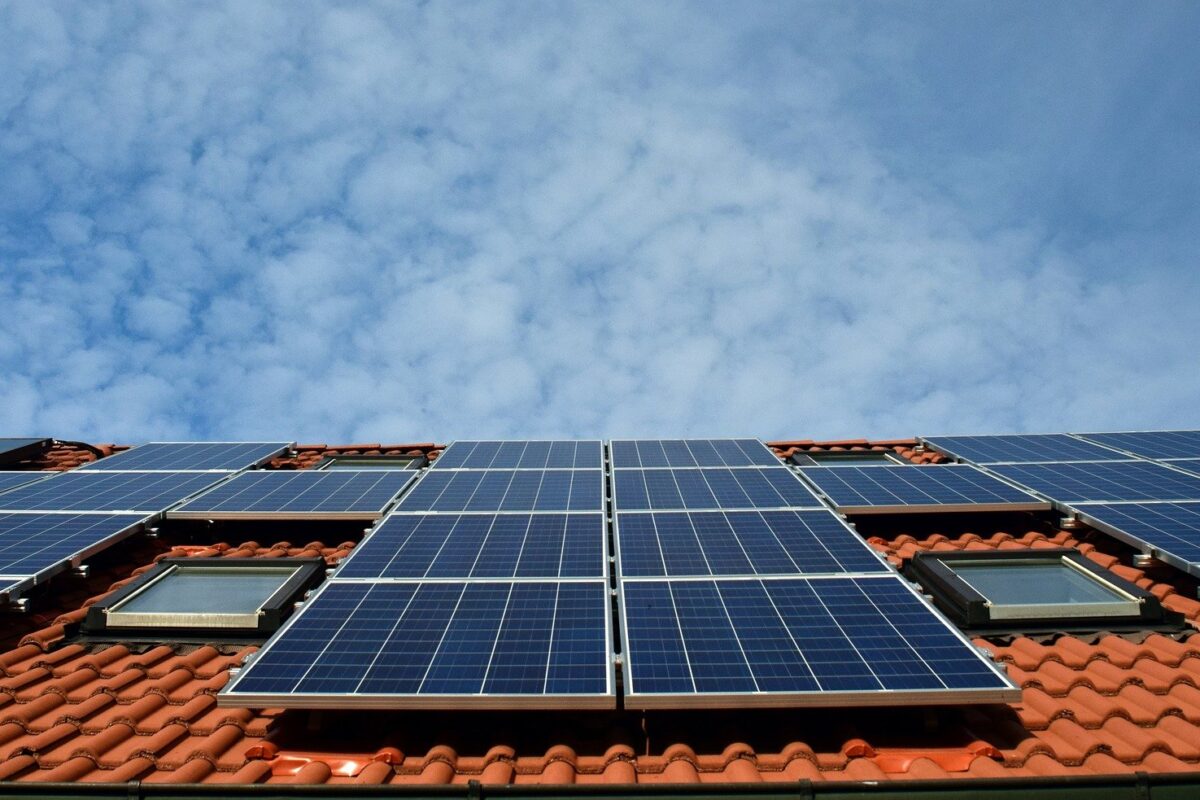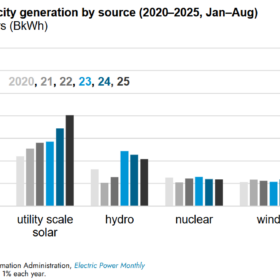It’s that time of year again. As we at pv magazine have been reporting for the last three years, U.S. President Donald Trump has again proposed major cuts to clean energy research and development. And this year, we expect the rebuff from Congress to be even stronger than before.
The budget released by the Trump Administration specifically calls for an 11% decrease in funding for the Department of Energy (DOE). However disambiguating that top-line number shows that President Trump is actually calling for an 9% increase in the National Nuclear Security Administration, and a 25% cut to the budget for the rest of DOE.
Greentech Media has reported that this includes a 71% cut in the Office of Energy Efficiency and Renewable Energy (EERE), similar to the last two years’ proposals. However, we were unable to confirm proposed cuts to EERE in any of the documents released by the White House.
Additionally, President Trump (again) called for eliminating the Advanced Research Projects Agency – Energy (ARPA-E) and folding it into another program, as well as getting rid of a slew of other programs including the DOE Loan Guarantee Program, the Tribal Energy Program and the Advanced Technology Vehicle Manufacturing Program.
And along the way the administration is proposing selling off much of the federal government’s investment in our energy system, including transmission assets owned by the Bonneville Power Administration, Western Area Power Administration and Southwestern Power Administration, while also repealing WAPA’s borrowing authority that finances the construction of private transmission assets.
This combination of slashing clean energy budgets, eliminating R&D programs and privatization of federal assets is all par for the course for the past two annual Trump budget proposals.
ITC slashed
This year President Trump is also calling for the immediate elimination of the Investment Tax Credit (ITC) for solar, which is already scheduled to begin phasing down at the beginning of 2020 to only 10% as of 2022, with the individual credit disappearing altogether.
The ITC was mentioned nowhere in the text, but on pages 126 and 131 the budget shows the savings achieved with repealing the “energy investment credit”. Solar Energy Industries Association (SEIA) responded to pv magazine‘s questions about this with a statement by CEO Abigail Ross Hopper:
The proposal to cut the ITC has very little chance of passing in Congress. Vast majorities of Americans across the political spectrum support solar energy. Solar provides hundreds of thousands of jobs, creates tens of billions of dollars in investment and produces clean, affordable electricity. Because of these attributes, it enjoys bipartisan congressional support. Cutting the Investment Tax Credit would stop an economic freight train in its tracks and be counter to carbon-reduction goals laid out by lawmakers in both parties.
Green New What?
President Trump’s proposals around energy fell flat each year for the past two years, with Congress roundly rejecting the administration’s proposals including fully funding DOE and ARPA-E, with the president forced to swallow these defeats.
This was despite President Trump’s Republican Party controlling both houses of Congress. So this year, with a newly emboldened Democratic Party majority in the U.S. House, it is likely that the Trump Administration’s proposals will not only be rejected, but that any budget coming out of Congress will swing in the other direction.
The Trump Administration’s proposals to cut clean energy spending are particularly untimely given the groundswell of support around proposals for massive spending on clean energy infrastructure.
The “Green New Deal” proposal by newly elected U.S. Representative Alexandria Ocasio Cortez (AOC) is not only massively popular among voters in both parties, but has created such a buzz that countless pundits have offered their own versions, and leading Republican figures have spent substantial time arguing against a non-binding resolution which doesn’t even have the support of Democratic Party leaders in Congress.
As such, while President Trump’s plans for the budget were always outside the norm of Washington DC’s political consensus, this year’s budget proposal risks crossing over into the absurd.
This content is protected by copyright and may not be reused. If you want to cooperate with us and would like to reuse some of our content, please contact: editors@pv-magazine.com.









You literally are trying to claim in this article that the Green New Deal is popular among voters of both parties. How ridiculously untrue. What a partisan hack.